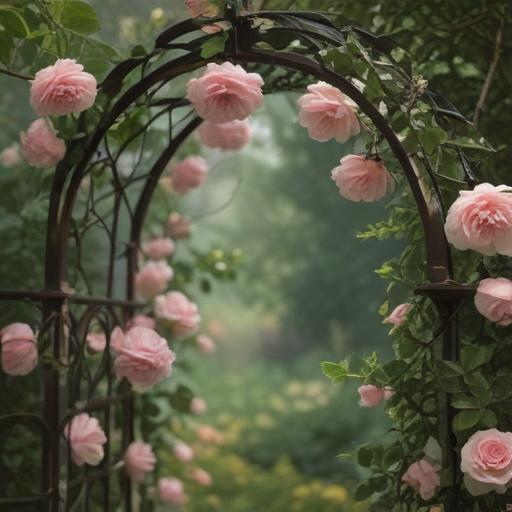Bridgerton team reveals the labor of love behind the season 3 botanical ball garden
Production designer Alison Gartshore pulled back the curtain on the intense behind-the-scenes work that created the lavish botanical ball garden for a pivotal season 3 moment—the Penelope Featherington and Colin Bridgerton dance sequence. With only three days left to finish the set before the couple made their entrance in front of the opened floral pop-up garden, the team synchronized paint, glue, and precise timing with the special effects crew to pull off the reveal.
To preserve period authenticity while keeping the focus on the actors, the team selected florals inspired by 18th- and 19th-century designs, painting twelve different pieces and tiling them with careful variation. The entire build took roughly 10 to 12 weeks from start to finish. Initially, the ballroom was going to be called the butterfly ball, but showrunner Jess Brownell added a moment of spectacle for the queen’s arrival, altering the plan in a key way to elevate the moment.
Because the show relies on long shoots in hot studio conditions, the crew opted for faux florals. This led to a creative pivot: a pop-up floral centerpiece that could unfold to reveal an entire garden inside. The structure was assembled in about a week and used painted paper petals designed to open in sync, with the mechanics engineered by the special effects team. There was no CGI involved; everything you see on screen was achieved with practical effects, a demanding approach that pushed the team to its limits.
Looking ahead, Bridgerton fans can expect Benedict Bridgerton and Sophie Baek’s romance to headline a future season, with the new story arc slated to arrive in 2026.
Additional value for readers:
– The piece highlights the commitment to practical effects and authentic period styling, which contributes to a more tactile, immersive look.
– The collaboration between production design and special effects is a standout example of what it takes to pull off large-scale, mechanically driven set pieces.
– The shift from butterfly ball to a queen-arrival spectacle underscores how showrunners balance storytelling moments with visual grandeur.
Logical take: Bridgerton’s production approach—prioritizing tangible sets and in-camera effects—enhances character performances by keeping audiences visually engaged without CGI distractions, while the long lead times and tight on-set windows demonstrate the discipline required to deliver high-gloss period drama reliably.
If you’d like, I can add a concise spoiler-free recap of what this implies for Season 3’s tone and what to watch for in Benedict and Sophie Baek’s arc in 2026.
